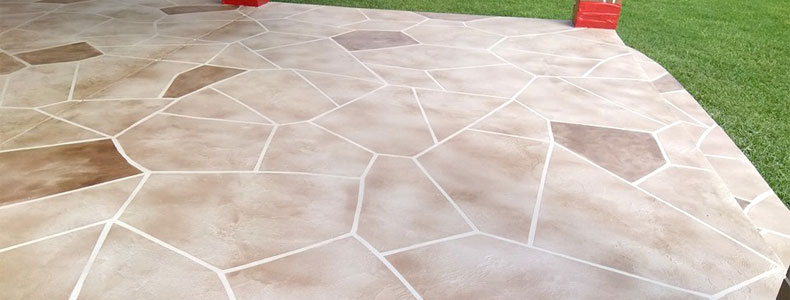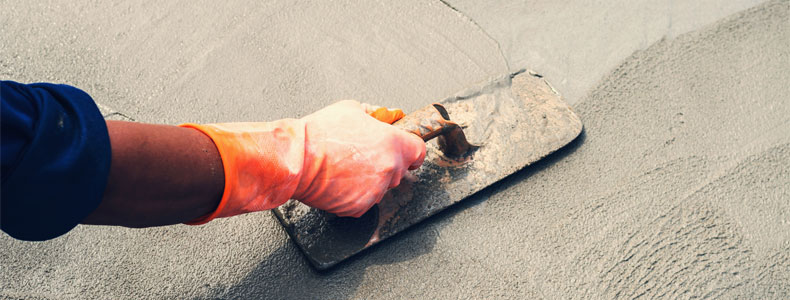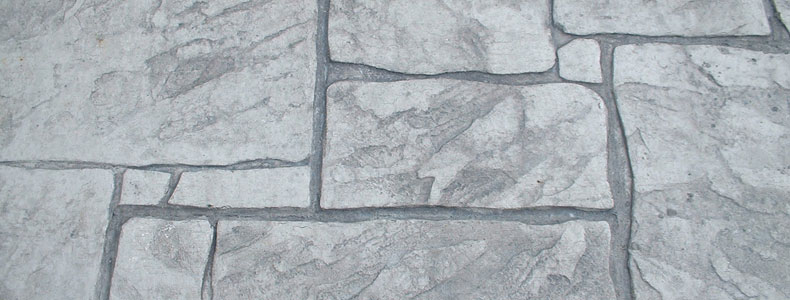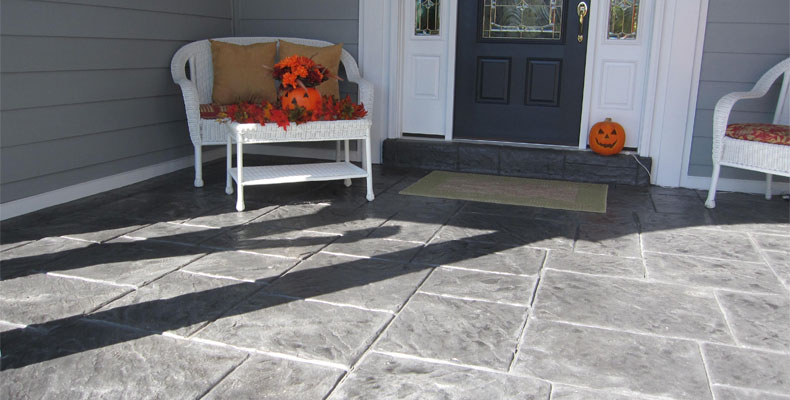The Correct Way To
Resurface A Concrete Floor

When concrete begins to age, cracks, gouges, and stains are nothing out of the ordinary. But, these imperfections can greatly decrease the curb appeal of your home or business and ultimately decrease the value of your property. If only there was a solution to aging concrete without having to have a concrete contractor replace your concrete and breaking the bank. Well thankfully for you, there is a process known as concrete resurfacing that can save you thousands of dollars opposed to having your concrete slab replaced! So today, we are going to be going through a couple of tips to make sure you know exactly what it takes to resurface your concrete to the best of your ability.
Cleaning Your Concrete

One of the biggest steps in concrete resurfacing is actually the first step of the process, cleaning. The cleaner you get your concrete, the better and longer you can expect your micro-topping resurfacing agent to adhere to your existing concrete. The best way to make sure your concrete is thoroughly cleaned is to use a 3500 PSI pressure washer. Simple green is also an amazing cleaner to remove any stains that you may have. Thankfully, there are ways that you can tell if you have cleaned your concrete well enough, or if you need to scrape up your work and do it again, and you can find them down below:
Well Cleaned
- Application of topping will be smooth
- Adhesion to concrete can last decades
- Topping will fill all cracks and gouges
- No obstructions on concrete
Not Clean Enough
- Topping will not adhere at all to concrete
- The coating will become chunky
- Dirty cracks will dislodge dried coating
- Spiderwebbing when dry
Applying Your Micro Topping

The next step of the process is actually where you get to see the blank and uniform finish that concrete resurfacing is known for, the application process. Before you apply your concrete, you will have to mix it. We recommend using an electric drill and a five-gallon bucket. Mix the material with the recommended additive like concrete bonding adhesive or water until its consistency reaches that of a watery pancake batter. With this consistency, you will work less to spread the material over your concrete. Remember, depending on the size of cracks and quantity of cracks, 1-3 coats may be required! This is why it is recommended to have more than one person working on this project, one mixing and one applicating. Now, you can use your resurfacer as your coating, use a broom as its drying to get the broom finished appearance or just leave it plain and call it a day. Or, this coating can actually be used as a base for more attractive coatings that you can find down below!
Stamped Concrete

Stamped concretes are one of the most used concrete coatings in both the commercial and residential properties. There are dozens of different configurations of stamps that can be found but, require more knowledge of concrete overlays than your average DIYer may have, so professional installation can be an affordable route if you have done the main resurfacing by yourself. Down below, you will find the pros and cons of using a stamped concrete overlay:
Pros
- The endless range of configurations
- Can last up to 30 years
- Easy and simplistic maintenance
Cons
- Will still be prone to cracking
- Replacement of sealer ever 3-7 years
- May be difficult to DIY
Decorative Concrete

Besides stamped concrete overlays, there are still dozens of different types of decorative concretes that can be used in the process of concrete resurfacing. To name a few there are artistic overlays and even wood-concrete. Decorative concrete is an amazing way to complement your homes or business appearance as well as its surrounding landscaping. Just like stamped concrete, there are advantages and disadvantages of using decorative concrete that you can find down below:
Advantages
- Millions of different variations
- Can be personalized to your tastes
- Supplements amazing curb appeal
Disadvantages
- Hard to repair on your own
- May need professional installation
- Chips, cracks, and gouges are common
No matter how you want to approach concrete resurfacing, whether you are doing it yourself or bringing in a professional, you want to make sure you get it done right. Hopefully, you have found our tips usefully in your journey to the perfect concrete flooring system! All we can say to you know is good luck!
